The digital business-card market is currently characterized by a dynamic competitive landscape, driven by technological advancements and evolving consumer preferences. Key players such as HiHello (US), Inigo (US), and Switchit (US) are at the forefront, each adopting distinct strategies to enhance their market positioning. HiHello (US) focuses on innovation through continuous feature enhancements, including the integration of augmented reality (AR) capabilities, which allows users to create more engaging and interactive business cards. Inigo (US) emphasizes user experience, offering customizable templates and seamless sharing options, thereby catering to a diverse clientele. Meanwhile, Switchit (US) has carved a niche by leveraging partnerships with networking platforms, enhancing its visibility and user acquisition. Collectively, these strategies contribute to a competitive environment that is increasingly centered around user engagement and technological integration.
The market structure appears moderately fragmented, with numerous players vying for market share. Key business tactics include localizing services to meet regional demands and optimizing digital platforms for enhanced user experience. This fragmentation allows for a variety of offerings, yet the influence of major players like HiHello (US) and Inigo (US) is substantial, as they set benchmarks for innovation and customer service standards.
In October 2025, HiHello (US) announced a strategic partnership with a leading AR technology firm to enhance its digital card offerings. This collaboration is poised to elevate user engagement by providing interactive features that could redefine how business cards are perceived and utilized. The strategic importance of this move lies in HiHello's commitment to staying ahead of technological trends, potentially attracting a broader user base seeking modern solutions.
In September 2025, Inigo (US) launched a new feature that allows users to integrate their digital business cards with popular social media platforms. This integration not only streamlines the sharing process but also enhances visibility for users, making it easier to connect with potential clients. The significance of this development is underscored by the growing importance of social media in professional networking, suggesting that Inigo (US) is strategically positioning itself to capitalize on this trend.
In August 2025, Switchit (US) expanded its service offerings by introducing a subscription model that provides users with advanced analytics on card interactions. This move is indicative of a broader trend towards data-driven decision-making in the digital business-card space. By offering insights into user engagement, Switchit (US) enhances its value proposition, allowing users to refine their networking strategies based on real-time data.
As of November 2025, the competitive trends in the digital business-card market are increasingly defined by digitalization, sustainability, and the integration of artificial intelligence (AI). Strategic alliances are becoming more prevalent, as companies recognize the value of collaboration in enhancing their technological capabilities. Looking ahead, competitive differentiation is likely to evolve from traditional price-based competition to a focus on innovation, technology, and supply chain reliability. This shift suggests that companies will need to invest in cutting-edge solutions and sustainable practices to maintain a competitive edge in an ever-evolving market.


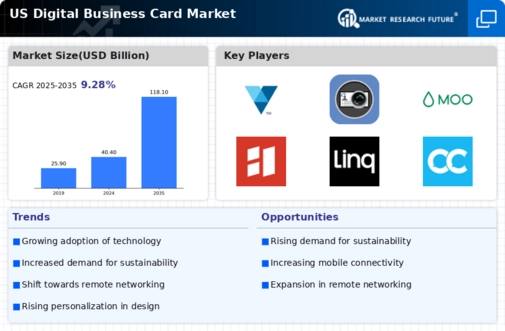
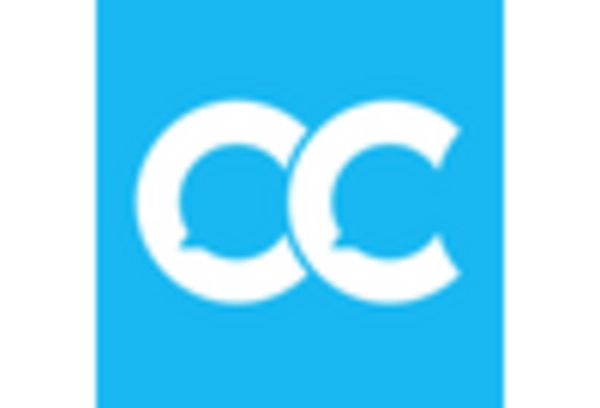
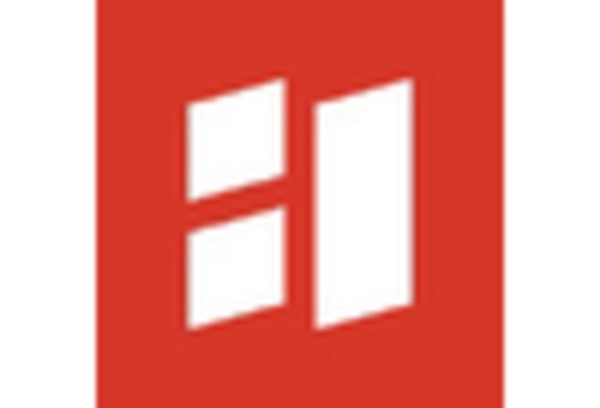
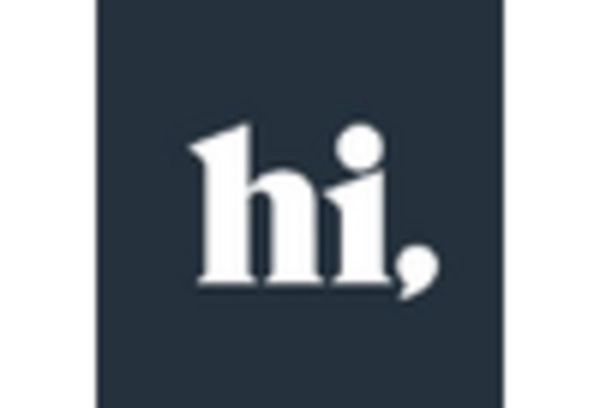
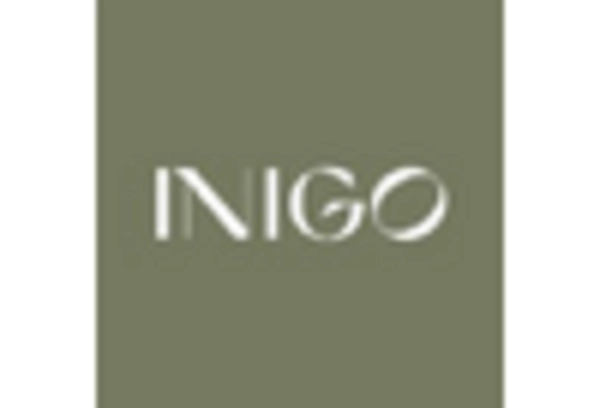
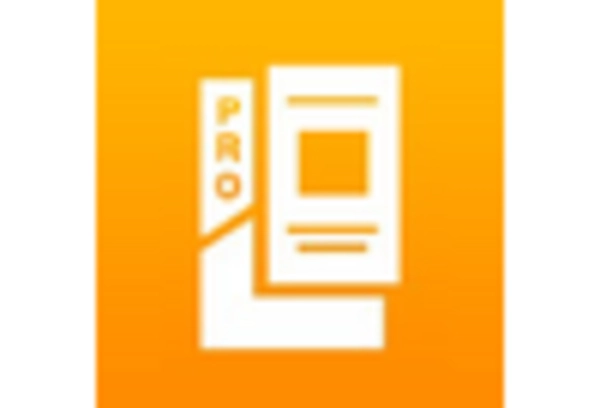
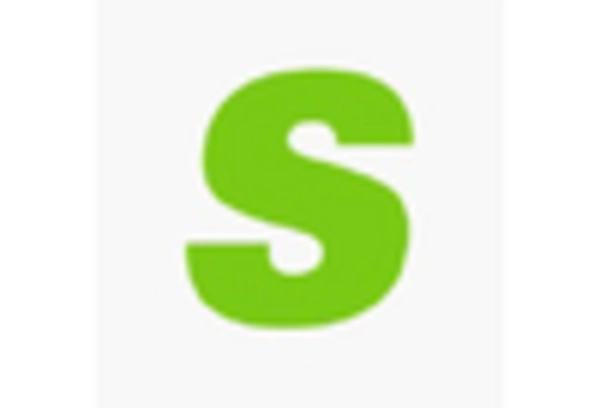








Leave a Comment